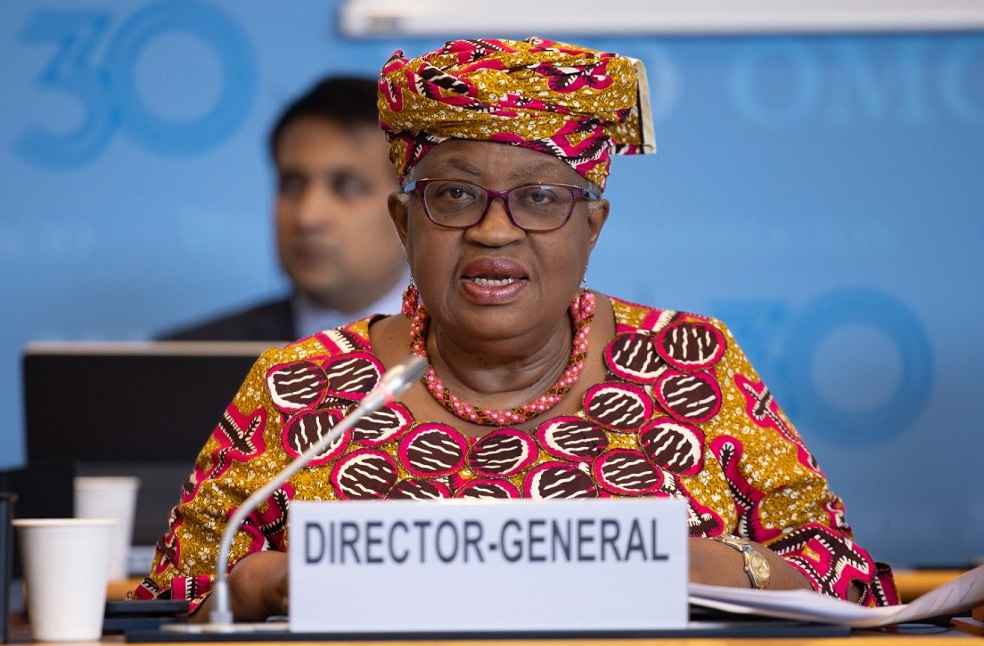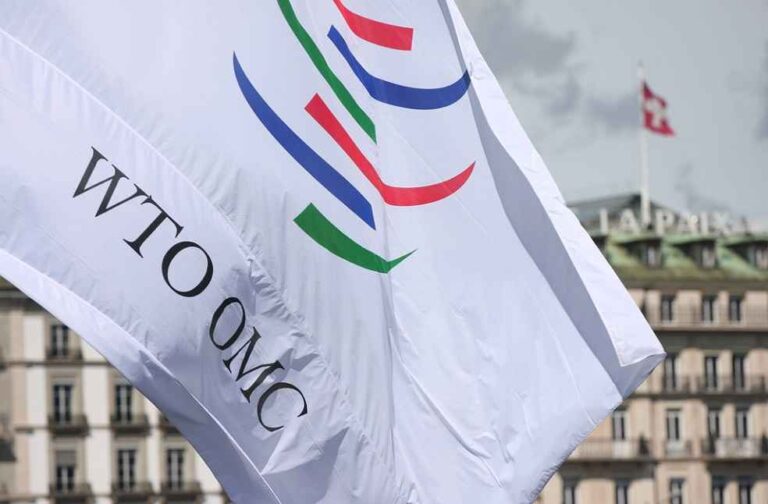The World Trade Organization (WTO) has forecast a moderate recovery in global goods trade in 2024 and 2025, despite ongoing geopolitical risks, particularly the conflict in the Middle East. In an updated trade outlook released yesterday, the WTO revised its estimate for world merchandise trade growth to 2.7 percent for this year, slightly higher than the April prediction of 2.6 percent. However, the outlook for 2025 has been downgraded from 3.3 percent to 3 percent.
WTO Director-General Ngozi Okonjo-Iweala emphasized the potential risks posed by regional conflicts, stating, “We are expecting a gradual recovery in global trade for 2024, but we remain vigilant of potential setbacks — particularly the potential escalation of regional conflicts like those in the Middle East.” She noted that these conflicts could severely impact the countries directly involved and may indirectly affect global energy costs and shipping routes.

The WTO report highlights that last year, global goods trade contracted by 1.1 percent, largely due to inflationary pressures and rising interest rates. This year, Asia has shown stronger-than-expected demand for traded goods, while Europe has underperformed. Asia’s export volumes are projected to grow by 7.4 percent, driven by countries like China, Singapore, and South Korea, though Japan’s exports remain stagnant. On the other hand, European export volumes are expected to decline by 1.4 percent, with imports forecasted to fall by 2.3 percent.
WTO Chief Economist Ralph Ossa highlighted the major geopolitical risks for trade, particularly the conflict in the Middle East, stating, “the biggest one would be the geopolitical risk.” He explained that if oil prices were to surge dramatically, the global economy and trade would be affected. Despite these risks, the markets remain uncertain about how to respond, particularly given China’s fluctuating demand and the supply risks emanating from the Middle East.
Germany’s manufacturing sector, particularly in chemicals and automotive industries, has been severely impacted by higher energy costs following the war in Ukraine and reduced foreign demand. This downturn in Germany has contributed to Europe’s overall trade decline, Ossa added.

The WTO report also underscores the growing role of ‘connector countries,’ such as Mexico and Vietnam, in global trade and supply chains. These nations, along with India, are increasingly serving as intermediaries, as the direct trade relationship between the US and China has collapsed.
WTO Senior Economist Coleman Nee expressed optimism for the future, stating that as inflation and interest rates normalize, international trade could receive a boost. “As the impact of inflation recedes, we should expect to see incomes recovering and consumption of all kinds of goods rising, including imports,” Nee said.
The report forecasts global real GDP growth to remain stable at 2.7 percent for 2023, 2024, and 2025. Asia is expected to be the fastest-growing region, with a projected output increase of 4 percent this year, while Europe is anticipated to experience the slowest growth at 1.1 percent.
LEADERS SPOT | EU Carbon Tax Threatens Indian Exports, Sitharaman Warns



